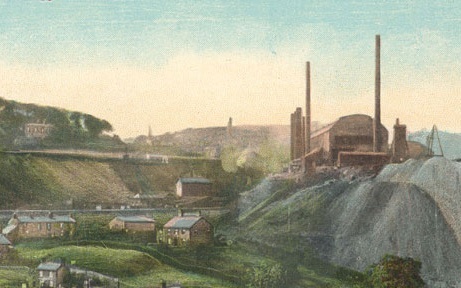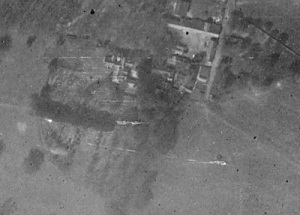
Many earlier documents about Brymbo mention a house, or property, called “Plas Newydd” – “new hall”. From these documents it is clear that the house was part of the Brymbo Hall estate. It is also clear that neither the house nor the placename can now be found.
One thing we do know is that the property pre-dated the steelworks, and had its own land attached to it. It certainly appears on the Land Tax assessments of 1798 amongst the lands then owned by “Jno. Wilkinson Esq“, where a Robert Jones is recorded as the occupier of “Half Plasne.d“, assessed at three shillings and sixpence, with the remaining half occupied by Wilkinson himself.
However, it also appears on township rate books well back in the 18th century: Richard Jones is rated for “Plaise Newydd” in the 1730s, and Evan Edwards a little later on. Lastly, Edward Jones, gent, is described in a deed of 1695 as being “of Plas Newydd” in Brymbo.

